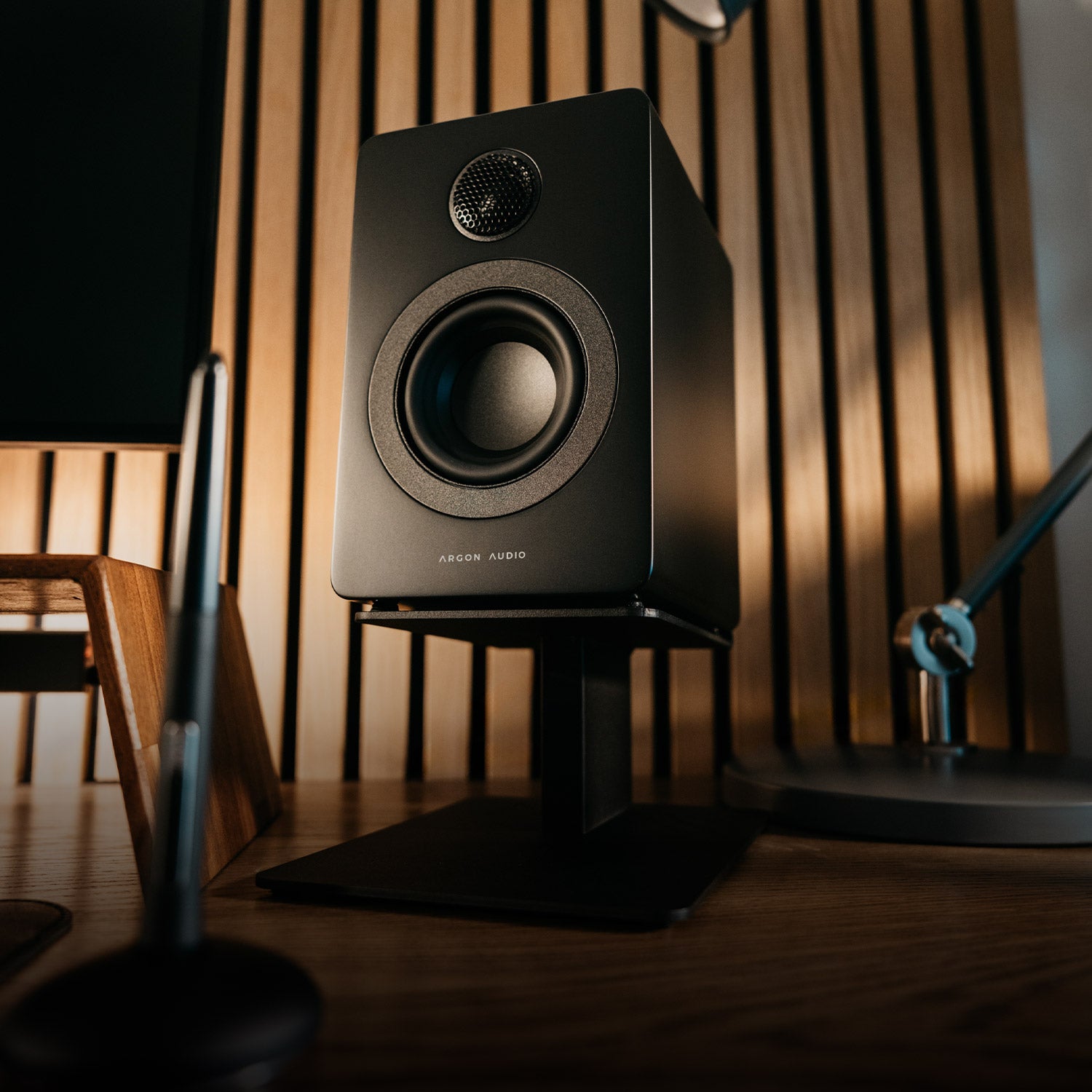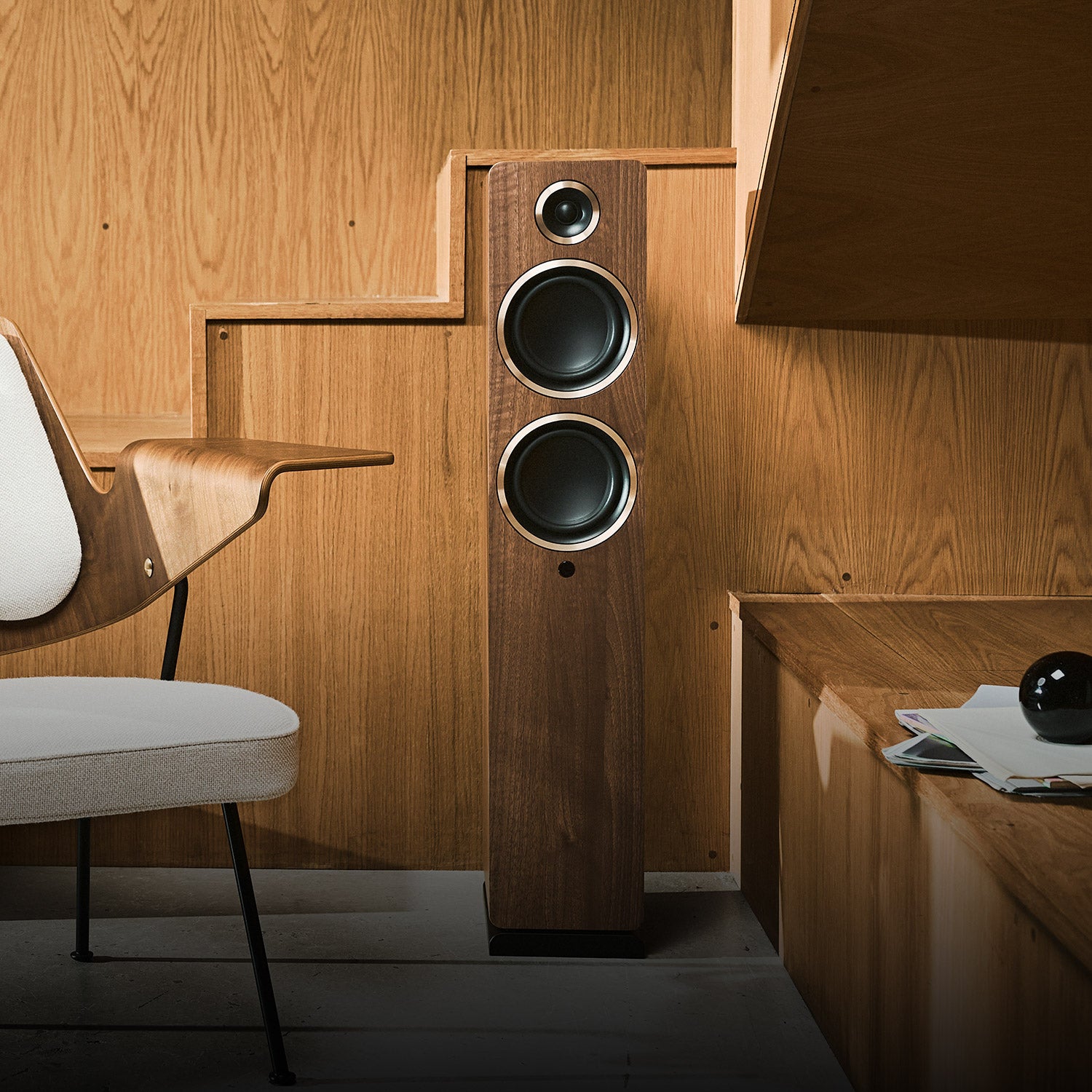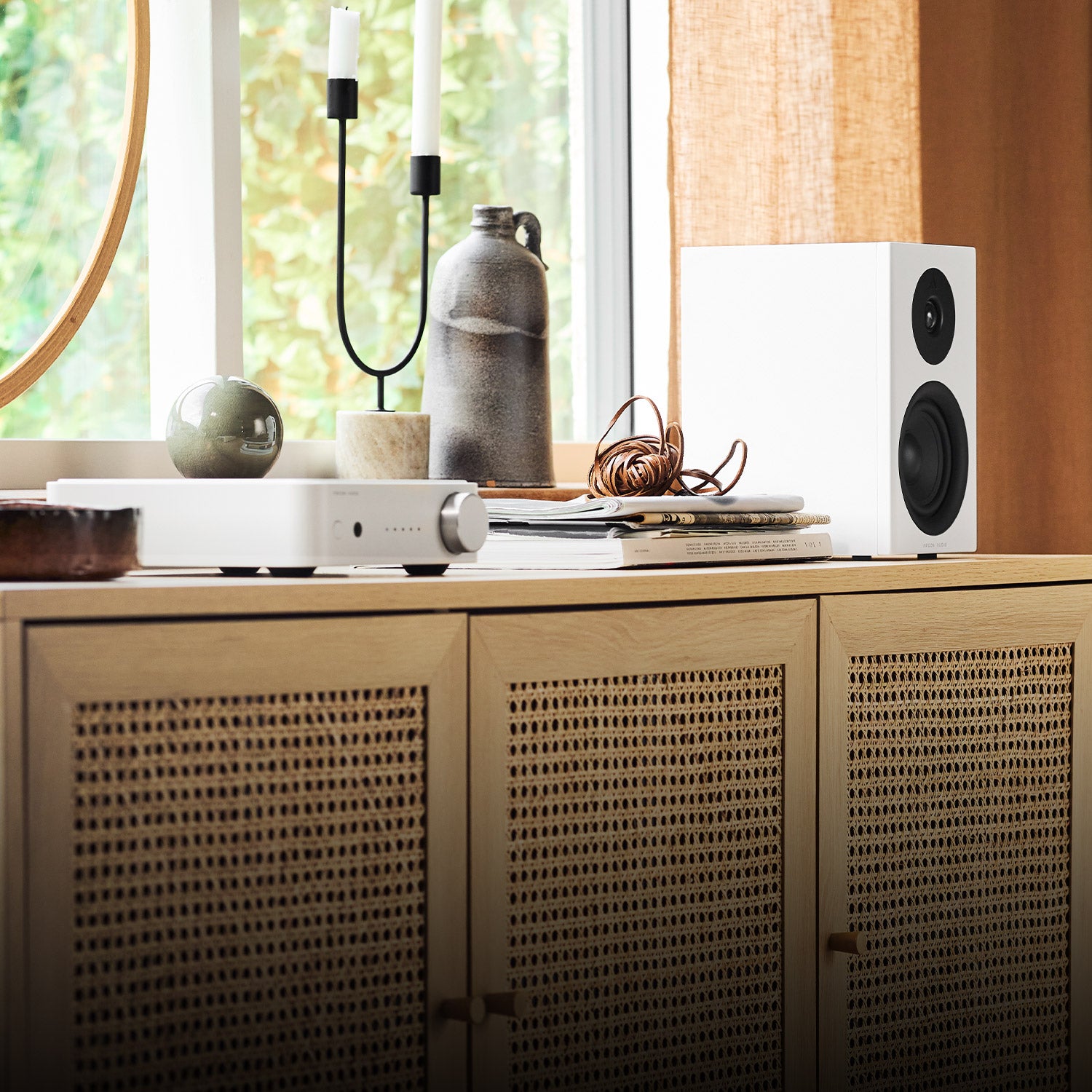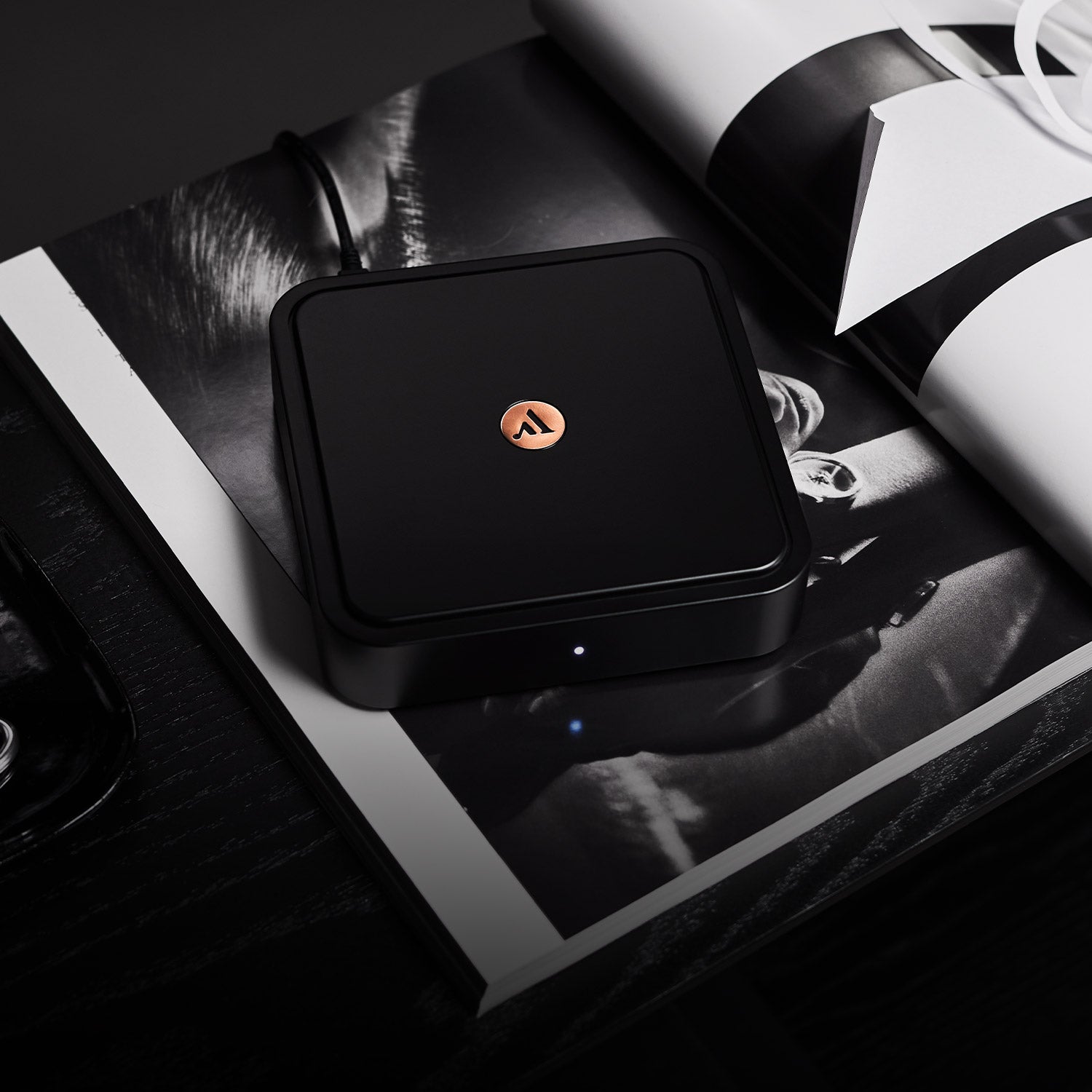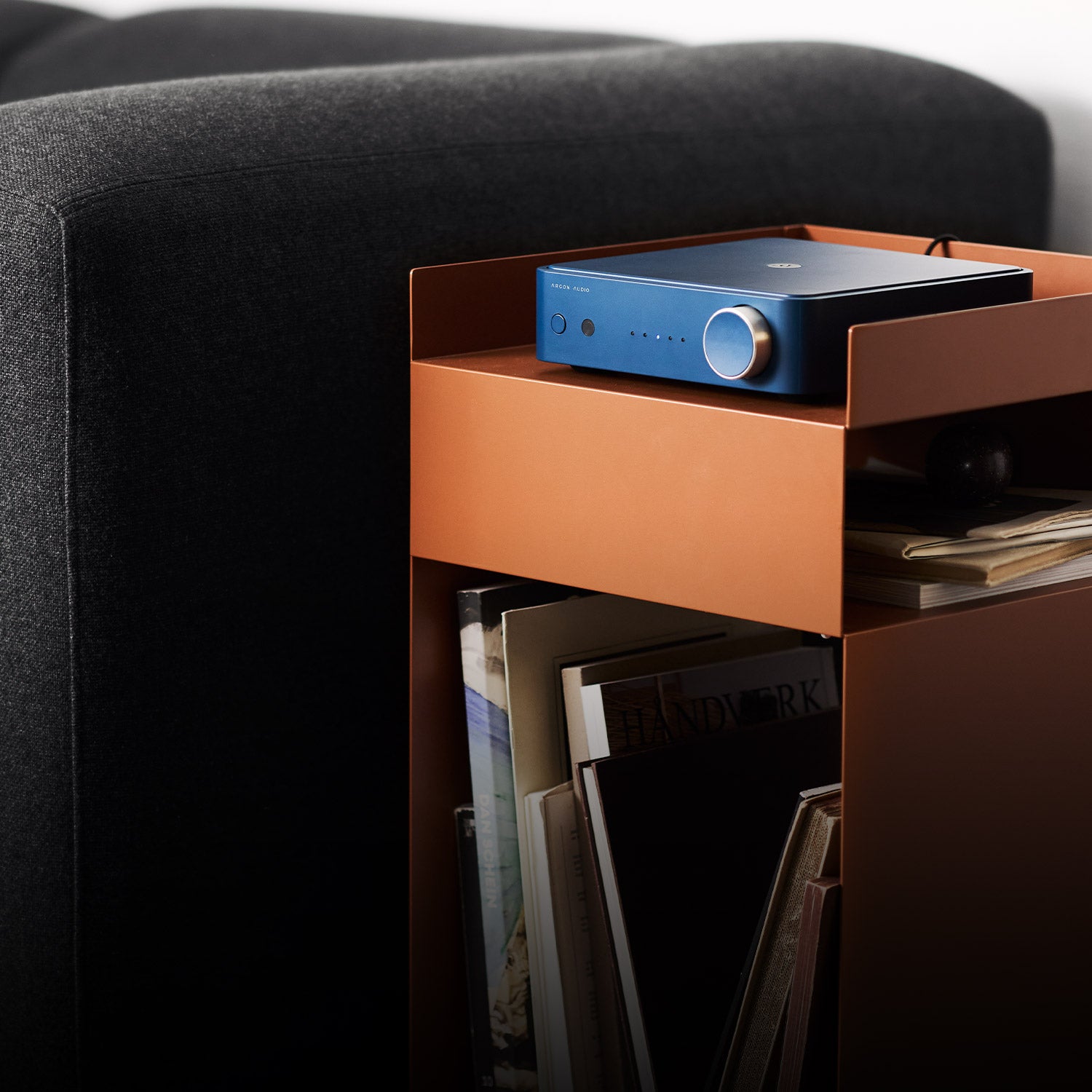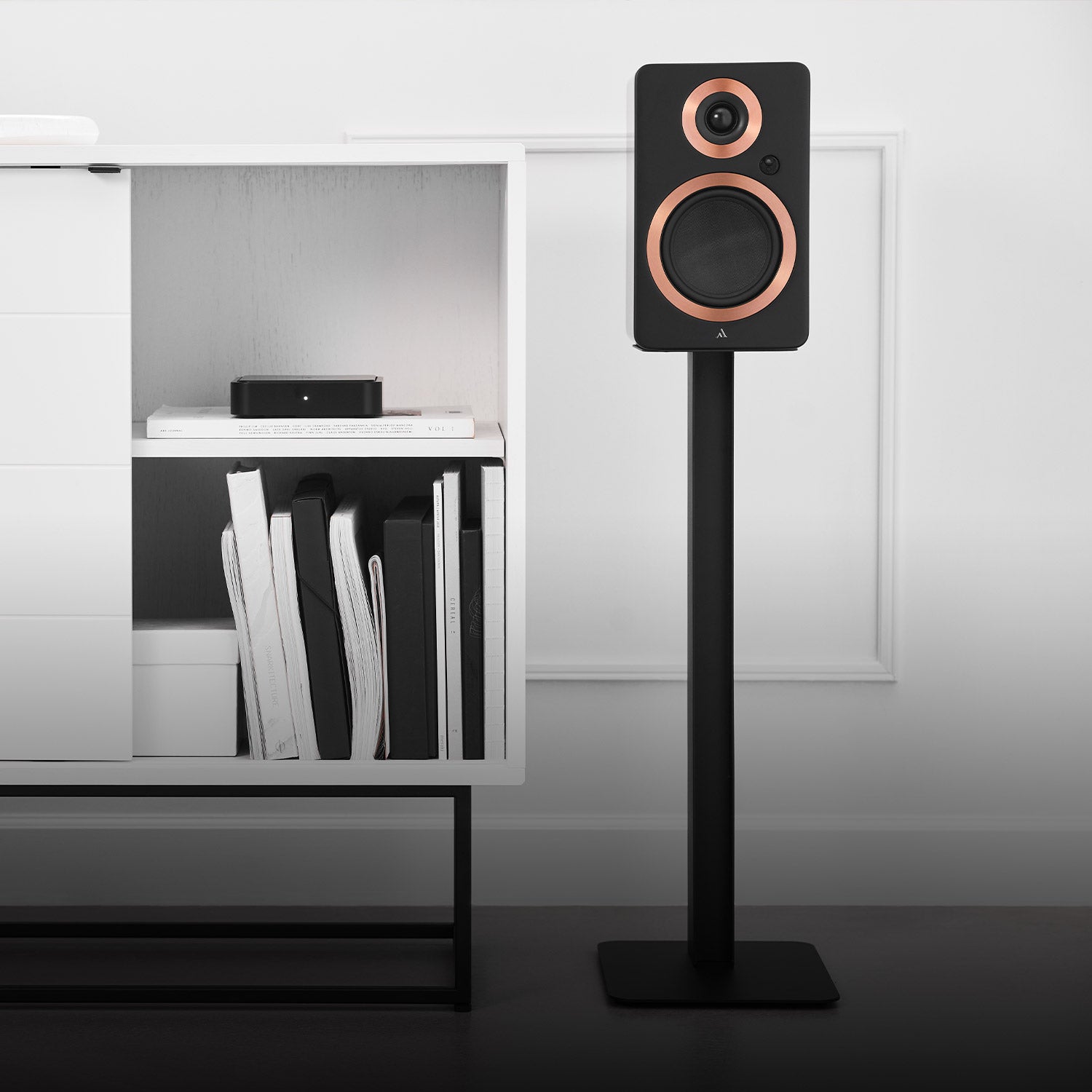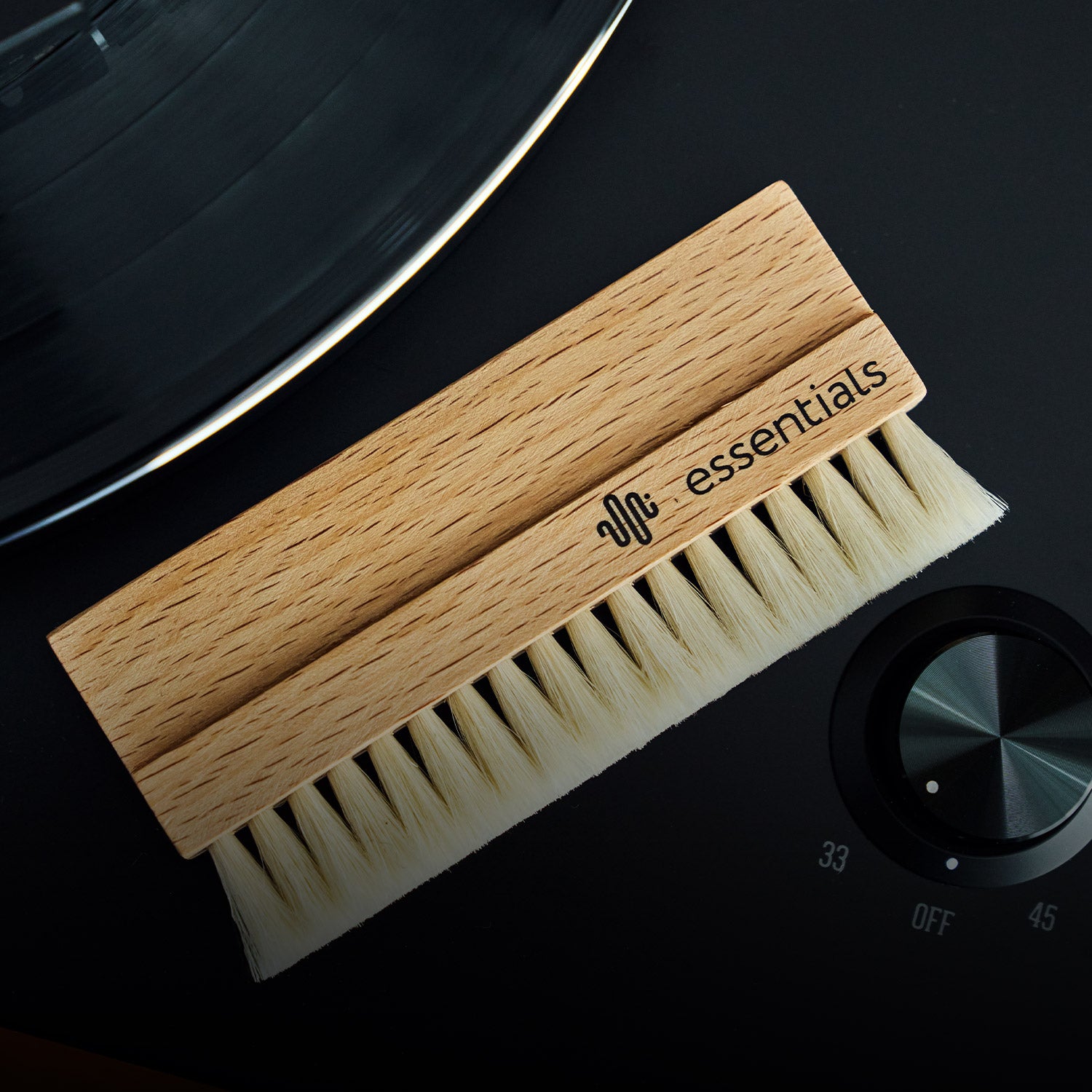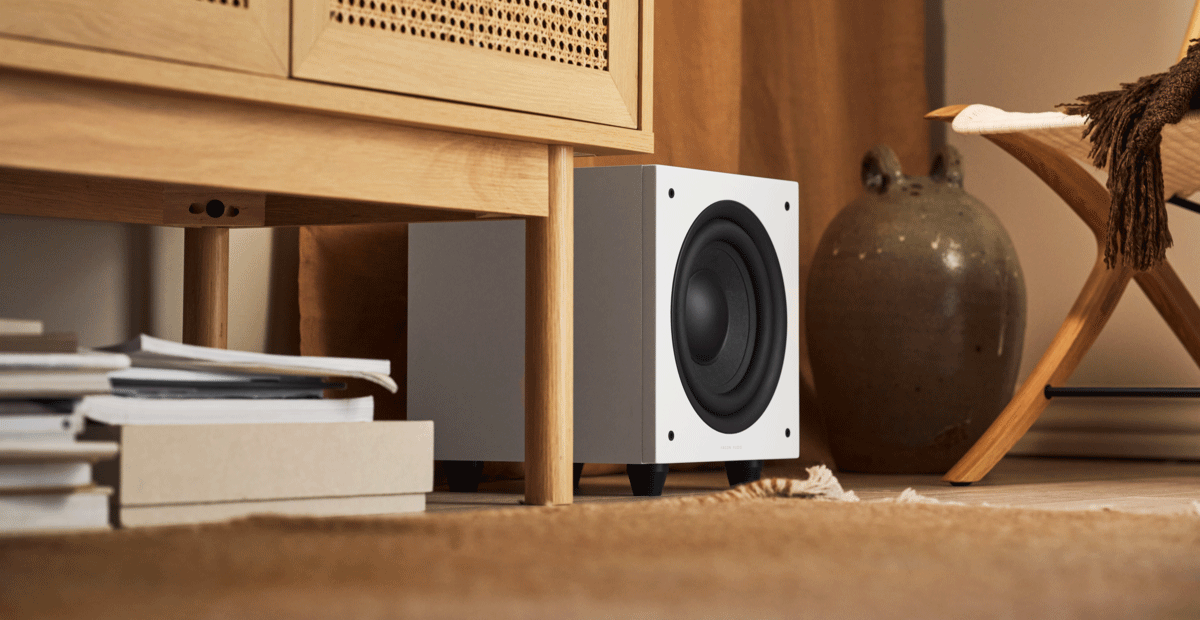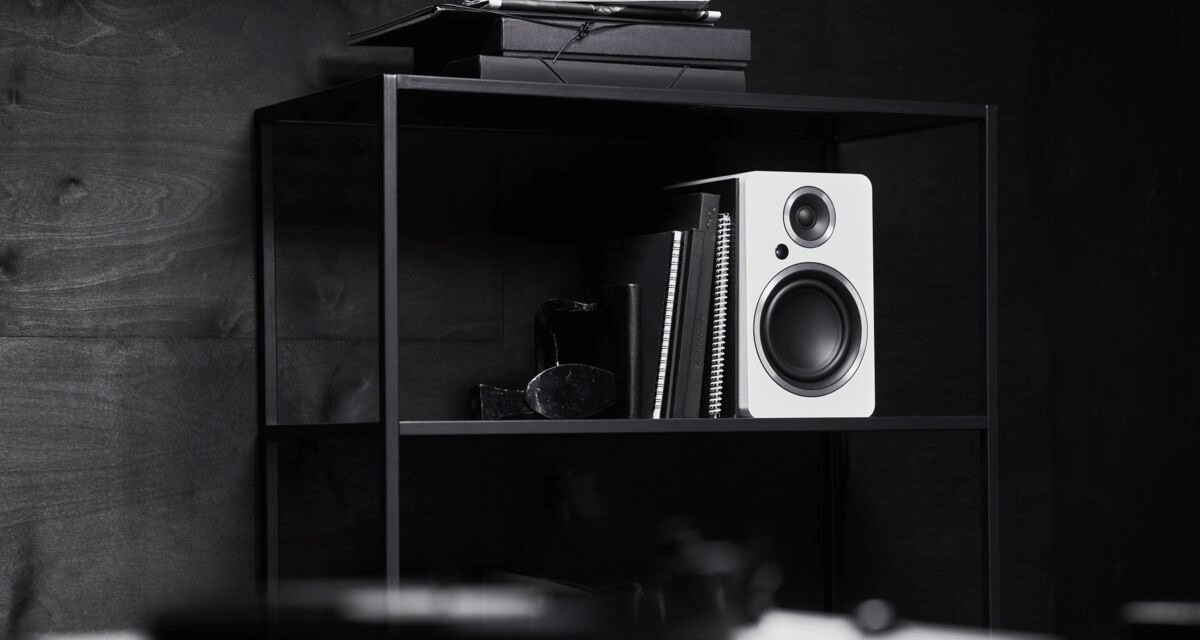A subwoofer is more than a bass monster. It allows each note to resonate deeply and adds an electrifying pulse that lets you not just hear the music but feel it. They are specially made to reproduce low-frequency sounds that are often challenging or nearly impossible to reproduce accurately with regular compact speakers. But not setting them up correctly risks you losing out on this added experience. To avoid this here are some helpful tips & tricks to maximize your subwoofer's performance.
So, what does a subwoofer do?
There’s a rule of thumb that when playing music with a pair of speakers and a subwoofer, you shouldn’t notice the sub – it should only be noticed when you turn off the sub. This might seem counterintuitive, but what we mean is that the subwoofer shouldn’t dominate the sound stage, and instead should blend seamlessly into it.
This, however, isn’t an exact science. Because music is subjective, and so is bass. Some might like a massive gut-punching bass while others might prefer a more subtle one. In the end, it’s up to you – play how you like!
SETUP
Placement
The positioning of a subwoofer offers more flexibility and forgiveness compared to the main speakers, mainly because low frequencies aren't directional. This means that there are several ways you can position your subwoofer. We’ve added an illustration below for some examples, but we encourage you to experiment!
Note: Try to avoid corners. This will help prevent standing waves and other acoustic issues that can affect sound quality and trust us – you don't want that. In fact, if you want a more accurate sound, consider positioning the subwoofer away from walls altogether.

The subwoofer crawl
No, this is not the newest dance move to bust out on the floor. This a technique to establish the best placement for a subwoofer in your exact room – and all you need is your ears and a little bit of time. Now, this isn’t the exact scientific way of researching the acoustics of a room, but it’ll do just fine if you’re simply looking to find a good spot for your new sub.
Here’s how you do it:
- Place your subwoofer at or near your most common listening position (like your couch).
- Play a bass-heavy track that you’re familiar with.
- Get on your knees and crawl around the room (yeah, we’re serious).
- Listen for spots where the bass sounds especially impactful, deep and loud.
- Once you’ve found a spot, place your sub as close to this as possible. If it’s not ideal, try another place.
- Stand up, set up your system and rock on!
If you’ve tried everything and your bass just isn’t pumping like you want it to, you might want to try two subwoofers. There’s no shame in needing a little help, and your room might just be too much for a single sub to handle. There are so many possible setups, just let your imagination run wild!
Cables
Before connecting the subwoofer, always switch off all your equipment.
Pre-Out connection: Use an RCA cable to connect the Pre-Out output of your amplifier/active speakers to the input on the subwoofer (both L/R).
Sub-Out connection: Use a subwoofer cable to connect the Sub-Out output of your amplifier/active speakers to the input on the subwoofer.
If your subwoofer has both L/R inputs, you only need to connect to one of them – which one doesn't matter.
If your subwoofer doesn't have any of the connections we just mentioned, you will need to connect the speaker cables from your amplifier to your subwoofer, and then connect your cables from your passive speaker to the bottom connections on your subwoofer. Wow, that's a lot of words for such a simple connection! Anyway, now you can finally connect your subwoofer to a power source.
Power mode
Press the on button on the back. The LED light should illuminate, and your subwoofer is ready to shake the floor! We recommend setting the power mode to AUTO, so the subwoofer will turn off automatically after 10-15 minutes without a signal. This will not only save you a bunch on your electricity bill, but it will also prevent unnecessary wear and tear on your subwoofer.
Phase Control
Phase control is a process of adjusting the timing of the subwoofer's low-frequency sounds, so they are synchronized with the main speakers. Phase 0 is recommended if your speakers and subwoofer are placed in the same area and facing the same direction, while Phase 180 is recommended when your subwoofer is placed opposite to the speakers and facing the speakers.
Crossover Frequency
The crossover frequency is the specific frequency where there is a high-cut filter in the subwoofer, meaning that the subwoofer will only play frequencies below this threshold. We recommend setting the crossover frequency to 60-80 Hz for our 4-inch, 5-inch, and 55-inch speakers.
Volume Level
We recommend playing a song with a consistent bass signal and adjusting the knob until the volume of the subwoofer is at a similar level as your speakers. As a starting point, we recommend the middle position on the volume knob, but ultimately, it's up to you to create whatever vibrating monster you dream of.

